Review
BMW’s quirky iX didn’t quite hit the spot when it originally launched but the facelifted model has emerged as a great option for company car drivers.
Overview
Time is a healer, it seems. The BMW iX launched to much controversy. It was heavy, expensive and a little big ugly. When we first reviewed it we decided it wasn’t our favourite electric BMW.
But four years from launch, and with a fresh facelift, the electric outlier somehow seems a lot more desirable.
Those bold lines that offended the eyes just a few years ago now look graceful and elegant among a new pool of modernised rivals. The 2.5-tonne kerbweight somehow seems less outrageous, too.
When it comes to price, the iX has resisted inflation. Base models are about £5,000 more than they were in 2021 but, crucially, come with a much larger battery and more power. The longer range version, meanwhile, costs pretty much the same as it did back then.
As such, the range now kicks off with the new xDrive45 priced from £75,315. The xDrive60 is £93,115 and the M70 costs from £114,215.
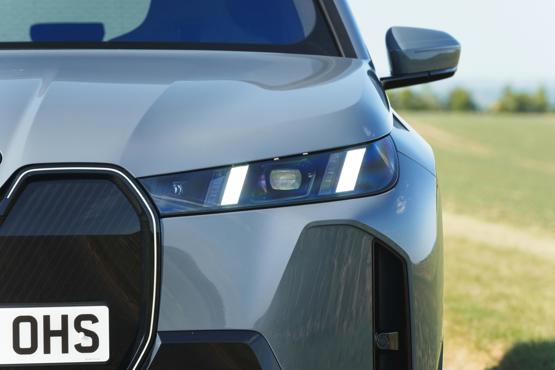
Interestingly, it seems the iX has been a bit of a fleet favourite, with the majority of registrations coming from company car drivers. Last year BMW even sold more iXs to fleets than i5s – highlighting the dominance of SUVs across all market segments.
With a loaded specification, great driveability and (now) long range, it seems the iX has finally come of age and is a model worthy of consideration.
Comfort and practicality
One of the key factors to know about the iX is it uses an electric vehicle (EV) specific platform. Unlike the i4, i5 and i7, there’s no combustion engine variant. This isn’t an X5 with a big old battery stuck to it. The iX, like the original i3, was built specifically to be an EV.
That means it has much more spacious interior, with a flat floor. While no where near as sparse as a Tesla Model Y, the iX was the first BMW to feature a stripped-back interior with greater reliance on the central touchscreen. Buttons are limited to a small panel on the central armrest, here you’ll find a rotary iDrive controller and a few quick-access keys.
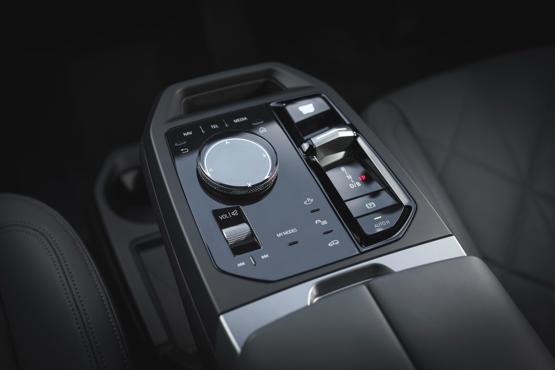
It’s a beautifully finished interior with soft touch materials and contemporary design. Smartly placed ambient light strips discreetly bathe the interior in a colour of your choosing, while the touchpoints are finished with a premium feel.
The seats are wide, like armchairs, with electric adjustment, heating, cooling and massage functions. While the ‘vegan’ leather doesn’t quite have the suppleness of proper stuff, it’s at least sustainable and provides durability for family use.
Passengers won’t suffer for space, either. The iX is massive inside. Rear seat passengers sit in a different post code to those up front and there’s ample width to fit three adults in the rear. A 500-litre boot makes the iX suitably practical as a load-lugger.
Safety and technology
While BMW has a reputation for being a little stingy with standard kit on some cars, the iX gets a wealth of features as standard.
Everything from adaptive LED headlights and keyless entry to adaptive cruise control and a heated steering wheel comes on even the base Sport trim. It make the iX comparable to BMW’s most luxurious 7 Series models with high end features, such as electrically operated door handles, that aren’t offered on models lower down in the range.
The suite of driver assistance systems includes 360-degree cameras, parking sensors and even an automatic self-parking feature. Semi-autonomous driving is possible thanks to the adaptive cruise control with stop and go, along with lane keep assist. There’s also plenty of features to prevent collisions, including automated braking and blind spot monitoring.
We’re hard-pressed to find fault with the iX’s technology. It’s easy to use, non-intrusive and effective. Long journeys become less stressful and drivers can reuce fatigue by letting the car do more of the work.
Driveability and range
One of the biggest challenges for the previous iX was its range and BMW has made big changes to ensure the iX is now far more capable. The entry-level xDrive45 uses a 94.8kWh battery and has a WLTP range of up to 374 miles.
With two electric motors and all-wheel-drive, it deploys 408PS and can accelerate from 0-62mph in 5.1 seconds.
If that’s not enough, the xDrive60 packs in a 109.1kWh battery. This gives a range of up to 426 miles, while power is boosted to 544PS.
The M70 uses a similarly large 108.9kWh battery but its 659PS, and more than 1,000Nm of torque, shaves the 0-62 time from 4.6 seconds to 3.8.
Suspension tweaks help with agility, but the iX’s real party piece is how well it rides. On the standard suspension setup it’s adequately comfortable but option the air suspension and the iX glides over the UK’s rubbish roads like they’re made of marshmallow.

It’s also keener in the corners than before, although we’d put the iX much closer to the luxury segments than the sporty ones. Push too hard and the sheer weight of the iX becomes noticeable. We have to commend BMW’s efforts for keeping things in check, however.
The xDrive45 is suitably rapid, with fairly eager throttle mapping giving a hefty power surge that will pin you back in the seat. With the space age Iconic Sounds sound effects switched on, it feels like you’ve engaged warp speed.
We also spent time in the xDrive60, which does feel a bit quicker but the real-world driveability differences are minimal.
Range-wise expect 3.0mi/kWh, which is roughly 280 miles in the 45. The 60 will get closer to 330 miles in real-world driving. With a more efficient driving style, and in the right weather conditions, we think the 45 would quite easily crack 300 miles from a charge.
Company car tax and running costs
While the iX sits firmly in the premium end of the market, the facelifted model is now more accessible to fleets than before. Previously, it was the £93,000 ‘big battery’ version that was the only viable option but the new xDrive45 is a great choice for considerably less. It comes well equipped and has a decent real-world range.
The closest rival to the iX is the Mercedes EQE 350+. It costs the same as an xDrive45 Sport but has considerably less power. Running costs are slightly more favourable for the Mercedes, at 68ppm versus 70ppm for the BMW. Company car tax is identical – 40% taxpayers will face bills of around £75. This also makes it a viable choice for those considering the car through a salary sacrifice scheme.
Matt has been an automotive journalist for nine years and has driven just about every new car and van that's on sale. As content editor - vehicles he is responsible for the automotive content on Fleet News and also contributes to Automotive Management. Prior to this, Matt worked in the automotive industry for 10 years.


Specs
| Manufacturer | |
| Model | |
| Specification | BMW IX Estate 300kW xDrive45 Sport 101kWh 5dr Auto |
| Model Year | 2025.00 |
| Annual VED (Road tax) | £10 |
| BIK List Price | £75,250 |
| Range | 374.00mile(s) |
| CO2 | N/A |
| BIK Percentage | 3% |
| Insurance Group | N/A |
| CC | 1 |
| Fuel Type | |
| Vehicle Type | Medium SUV |
| Luggage capacity (Seats up) | 500litres |
| Doors | 5 |
Running Costs
| P11D | £75,250 |
| Cost per mile | 85.53ppm |
| Residual value | £27,300 |
| Insurance group | N/A |
| Fuel Type | |
| Cost per mile | 348.60ppm |
| Fuel | 2.57ppm |
| Depreciation | 336.05ppm |
| Service maintenance and repair | 9.98ppm |
Info at a glance
-
P11D Price
£75,250
-
MPG
N/A (WLTP) -
CO2 Emissions
N/A -
BIK %
3% -
Running cost
3 Year 60k : £27,300 4 Year 80k : £22,175 -
Fuel Type
-
Range
374.00mile(s)

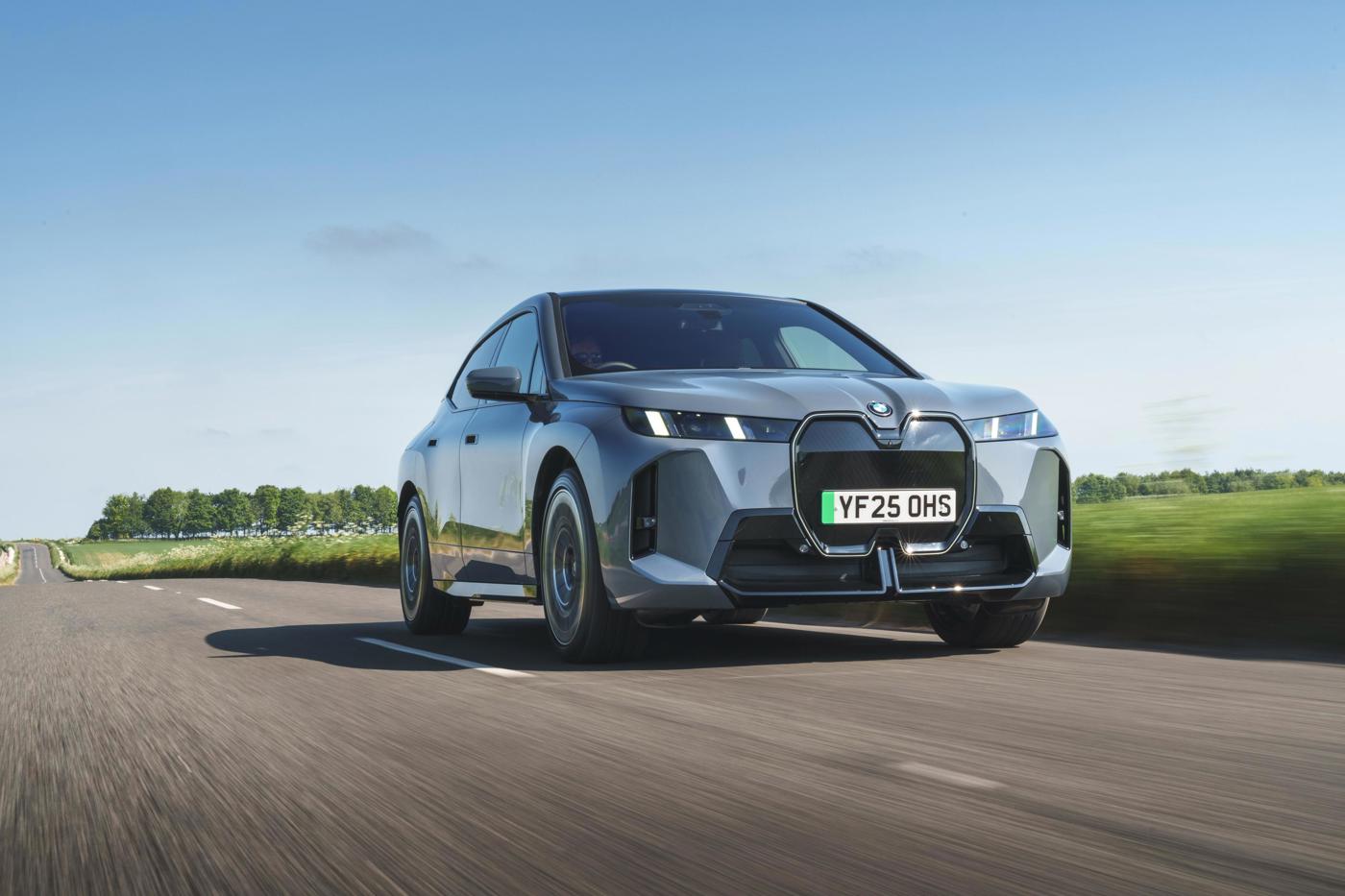



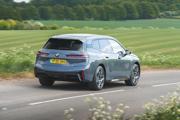




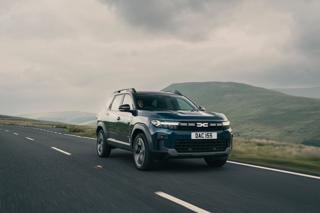
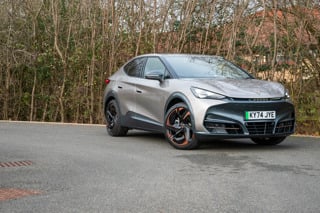


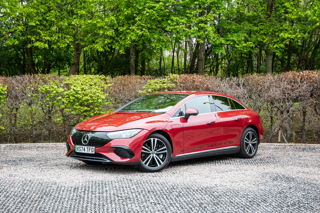












Login to comment
Comments
No comments have been made yet.